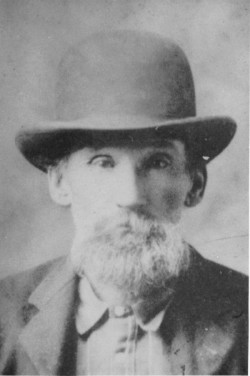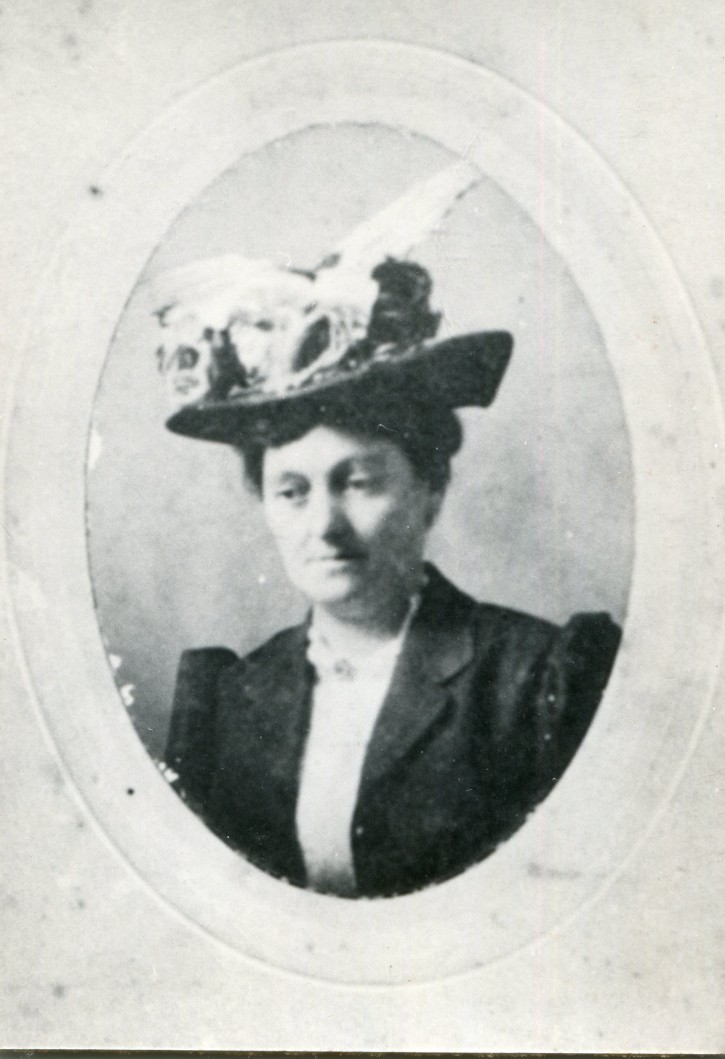explore & support the
Virtual Museum
browse hundreds of historic photographs and artifacts on display as virtual exhibits.
Historic Photo Collection
Learn about historical photography by examining photographs organized by format, theme, and other relevant tags. Discover the diversity of photographic styles, from daguerreotypes to color film, and learn how to identify and appreciate the distinct characteristics of each form. Become immersed in the visual history of the past and gain a deeper understanding of the technology that captured the past in an authentic likeness.
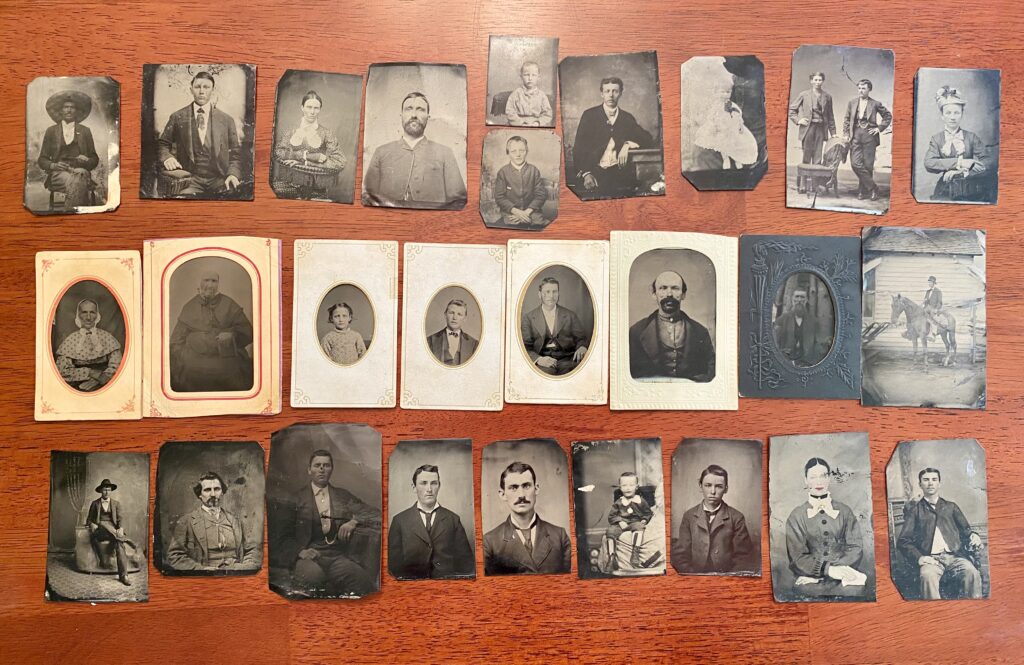
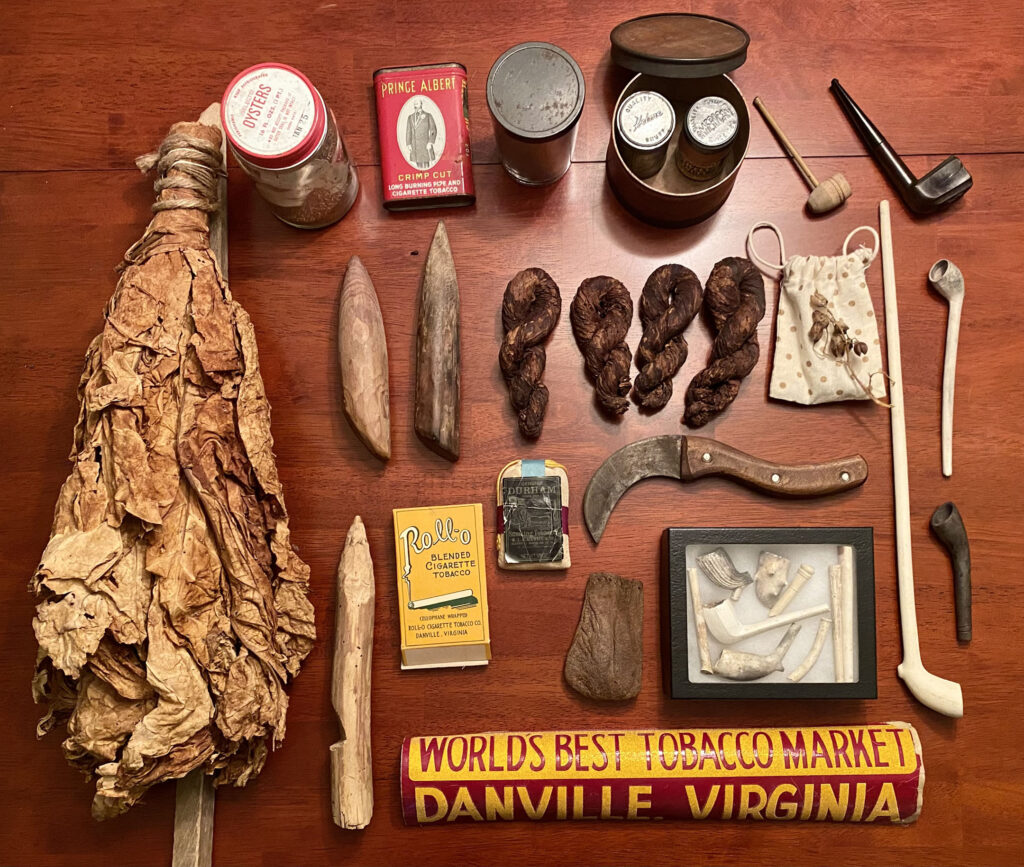
Material Culture Collection
Learn about historical artifacts from rural Virginia in the late 19th and early 20th centuries. View exhibits on tools, clothing, household items, and common objects that were integral to daily life. Each artifact unveils a fascinating narrative about its significance, and provides insightful evidence about certain individuals or groups. Unearth the hidden stories of these featured relics that establish a tangible link to the past and the people who left their mark.
Historic Document Collection
View the digitized collection of historic receipts, correspondence, and other personal documents from the late 19th and early 20th centuries. Experience history through those who lived it. Read century-old grocery receipts, newspaper clippings, and other records to uncover narratives about the past.
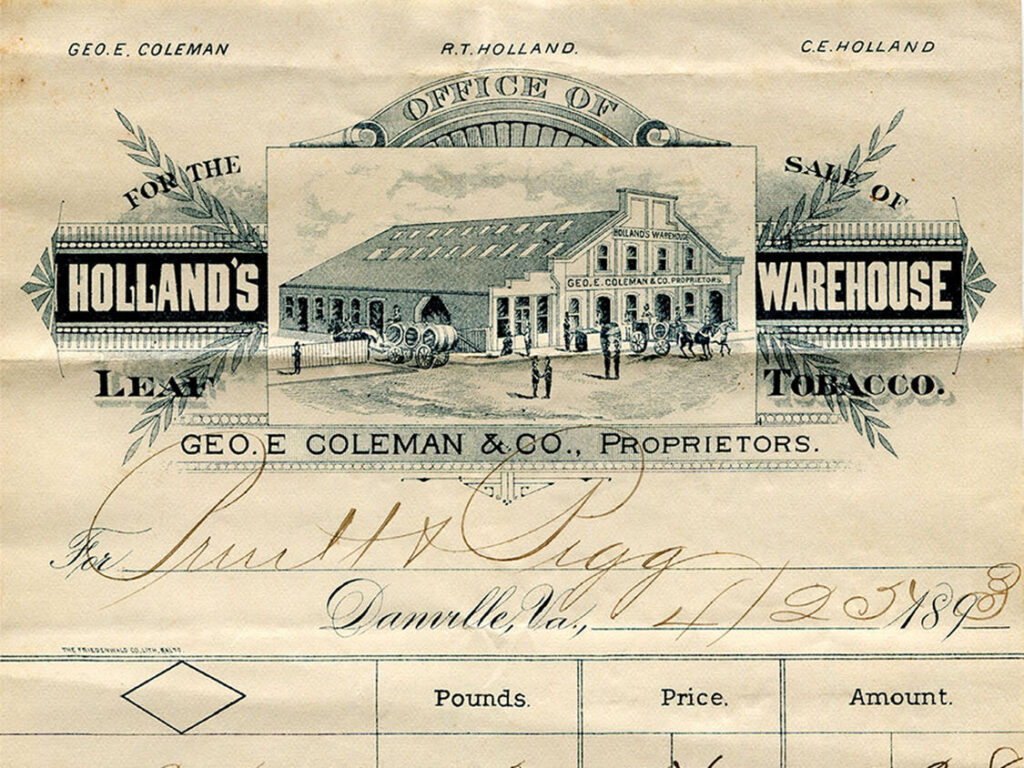
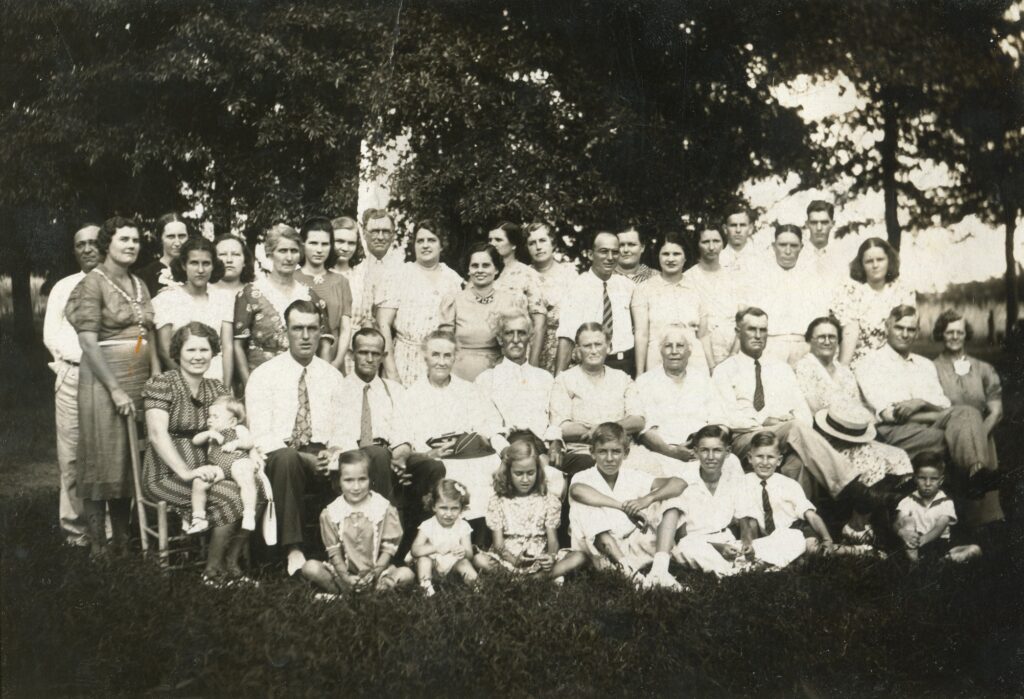
Genealogy Narratives
Explore the unique narratives, perspectives, and connections that emerge within the broader context of regional history. Read about the lives, experiences, and stories of ancestors from a bygone era in a collection of genealogical exhibits.
Documentary Photography
Follow my travels throughout the Virginia countryside. I enjoy photographing old architecture, rural landscapes, and aspects of life that evoke culture and tradition in the land. I take advantage of the ability to see what history remains in the era I am allotted to exist within. Capturing the historic state of the present is a service to future historic preservationists.
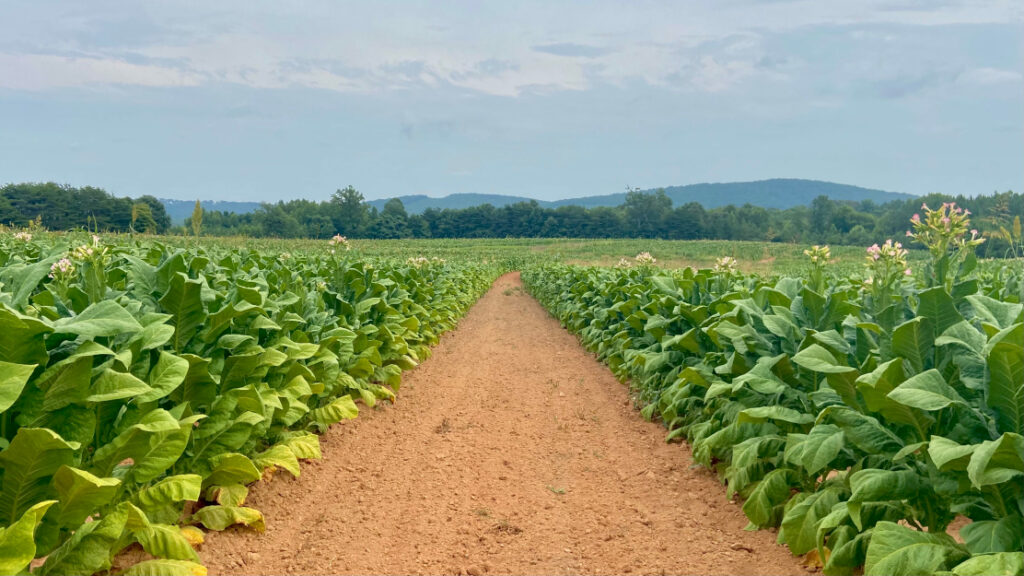

“Heritage Highlights“
Archive
In March, 2024 I began a weekly article for the Chatham Star-Tribune newspaper in Pittsylvania County, Virginia. Published articles are posted here at least one week after the paper’s circulation.
Digitization as Preservation:
The future of objects from the past is undergoing a remarkable transformation, largely thanks to the efforts of modern preservationists who are pioneering digitization and file development for future generations. This digitization movement represents a significant shift in how we preserve and access historical objects, artifacts, and records. Modern preservationists recognize that physical objects, no matter how carefully stored, are subject to wear, decay, and the ever-present risk of natural disasters or other catastrophes. In response to these challenges, many have embraced digital preservation as a means to safeguard the past and ensure its accessibility for generations to come.
Advantages of Digitization:
Longevity & Replication
Digital files, when stored and managed properly, have the potential for near-infinite longevity. Unlike physical objects, they are not prone to degradation over time. Digital files can be easily replicated and distributed, ensuring that multiple copies exist, reducing the risk of loss.
Accessibility
Digitized objects can be accessed and studied from virtually anywhere with an internet connection. This global accessibility expands the potential audience for historical records and artifacts. Digital records are searchable and can be indexed, making it easier to locate specific information within large collections.
Interactivity
Digital preservation allows for interactive experiences, such as zooming in on high-resolution images, 3D modeling, and augmented reality applications. In many cases, digitization also involves the application of preservation techniques, such as cleaning and restoration, before the scanning process.
Explore Most Recent Posts:

